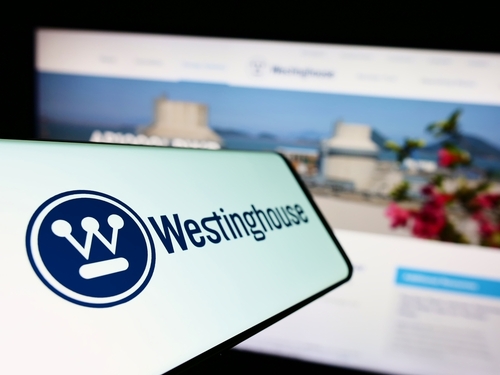
Cranberry Township, Pa.-based Westinghouse Electric Company will continue to develop a space microreactor after winning a development contract through NASA and the U.S. Department of Energy.
The Fission Surface Power (FSP) project will develop concept designs for small, electricity-generating nuclear fission reactors that could provide astronauts with a reliable power source for use on the moon and beyond. Awarded by the Idaho National Laboratory (INL), the contract would build on work Westinghouse has already done and begin testing critical technology elements of the reactor. The progress under the FSP project would allow NASA to hold a lunar demonstration of the microreactor within the next decade.
“Westinghouse appreciates the opportunity to continue demonstrating its leadership in designing microreactors for space and lunar exploration missions,” Richard Rademacher, president of Westinghouse Government Services, said. “This award reflects our close collaboration with NASA and the progress we’ve made on the FSP program that will enable a strategic capability for the Artemis mission. We look forward to testing and demonstrating our proprietary microreactor technology in the coming years under this important NASA initiative.”
Westinghouse officials said the company is leveraging its eVinci microreactor technology to develop efficient nuclear electric power and propulsion systems for satellite, spacecraft and planetary surface power applications. The microreactors have few moving parts, providing versatility for mission types with the reduction of failure points, simple operation and increased reliability which also make microreactors suitable for generating power for remote communities, universities, mining operations, industrial centers, data centers, and defense facilities, as well as space operations.
The FSP program will expand on NASA’s Kilopower project to develop affordable fission nuclear power technologies for long-duration stays on planetary surfaces. The agency is currently working with the DOE to design a fission power system that would provide up to 40 kilowatts of power – enough to power 30 households for 10 years. A future lunar demonstration will provide a path forward for sustainable base camps and other operations on the moon and Mars, officials said.